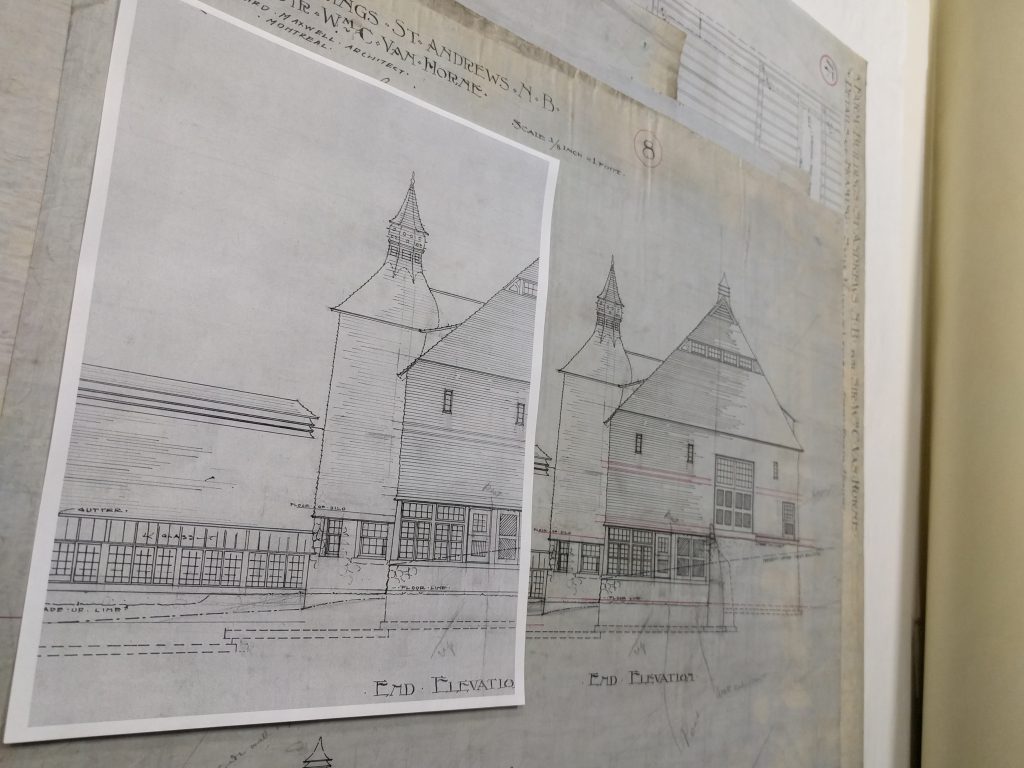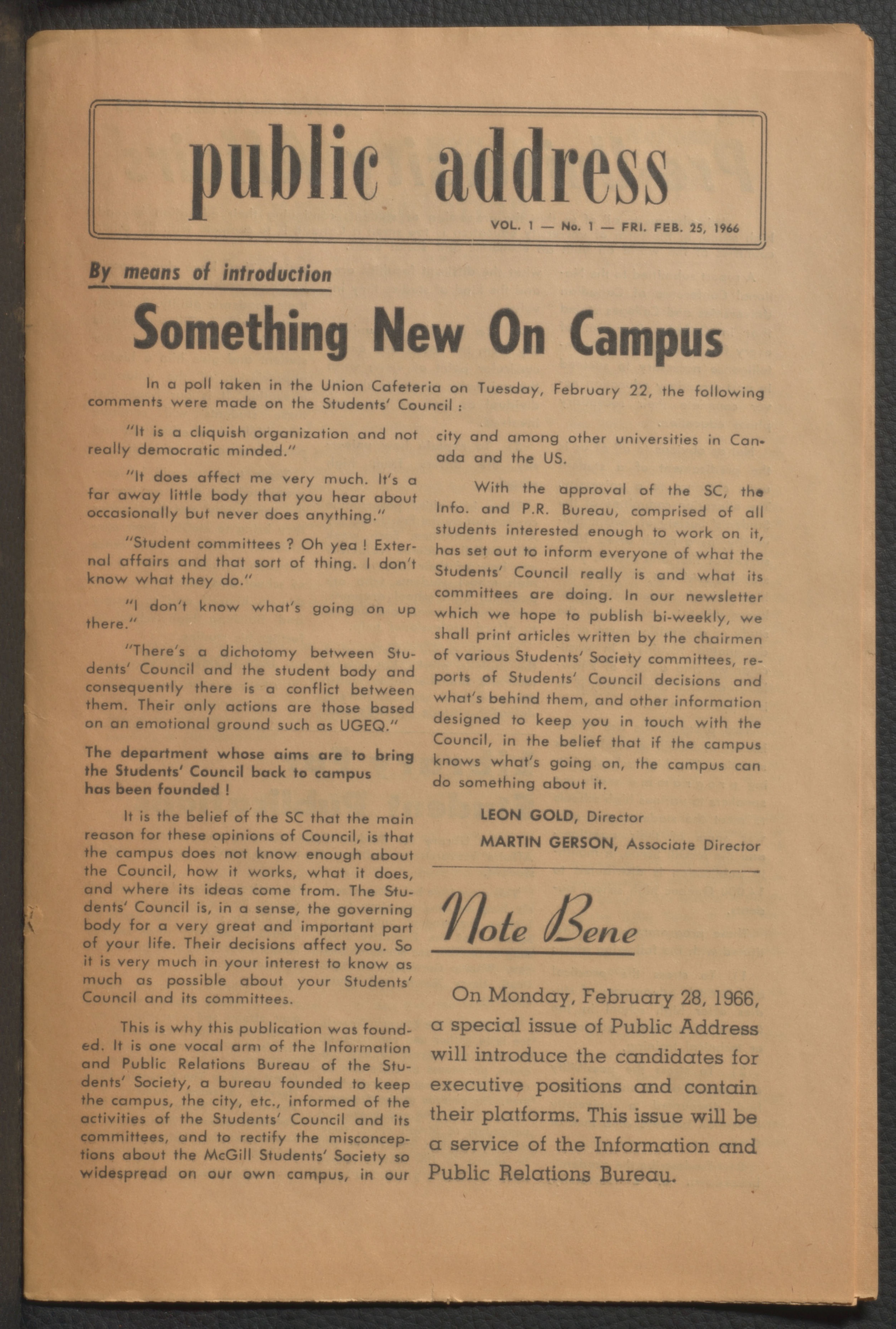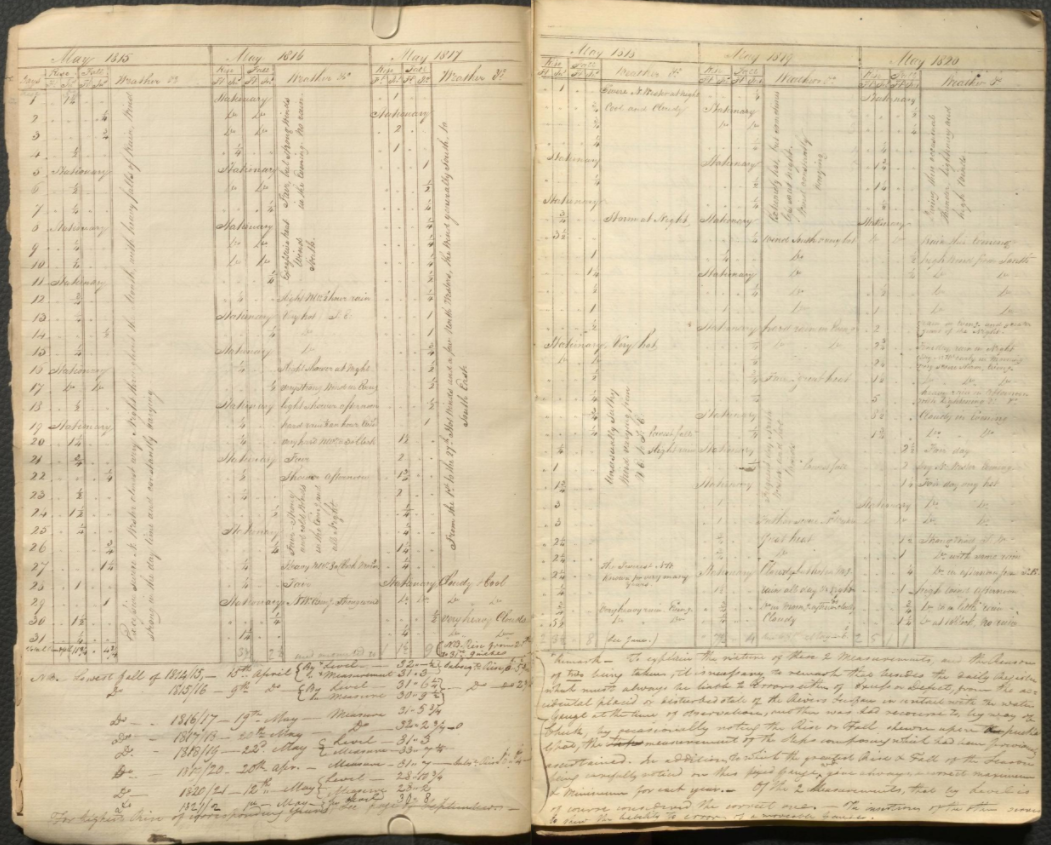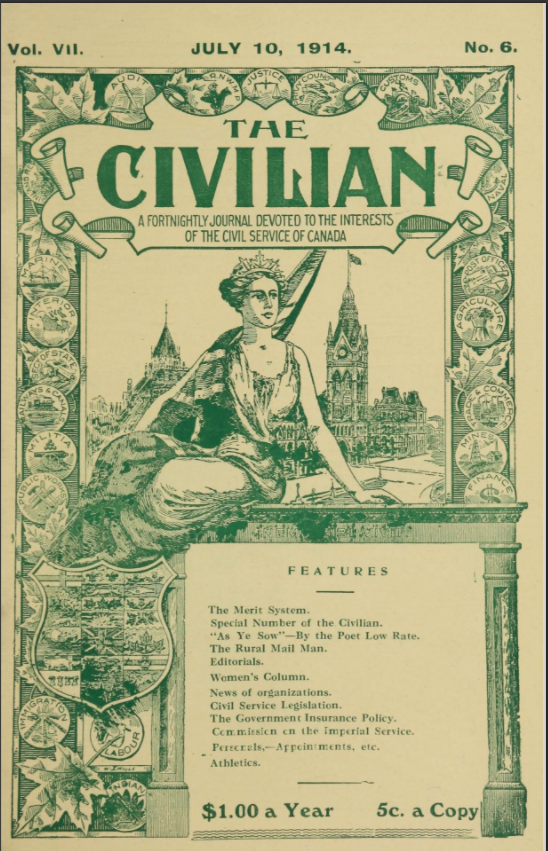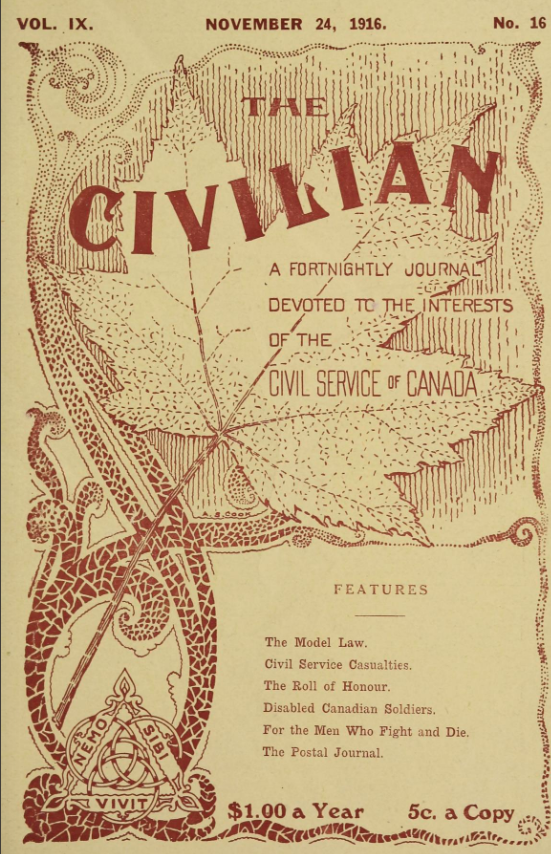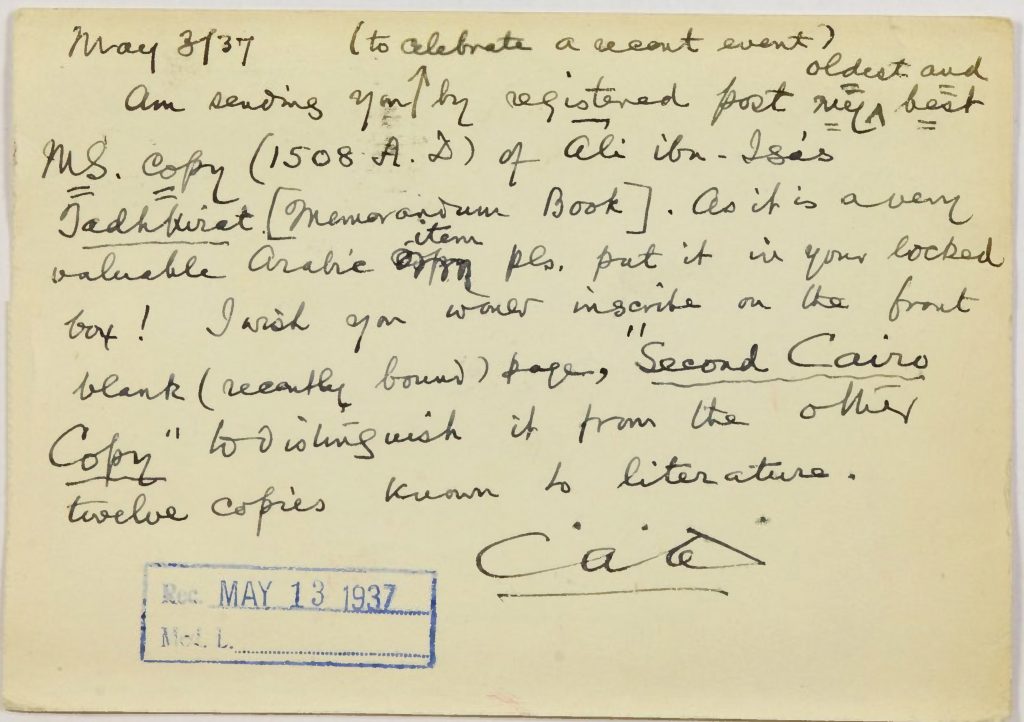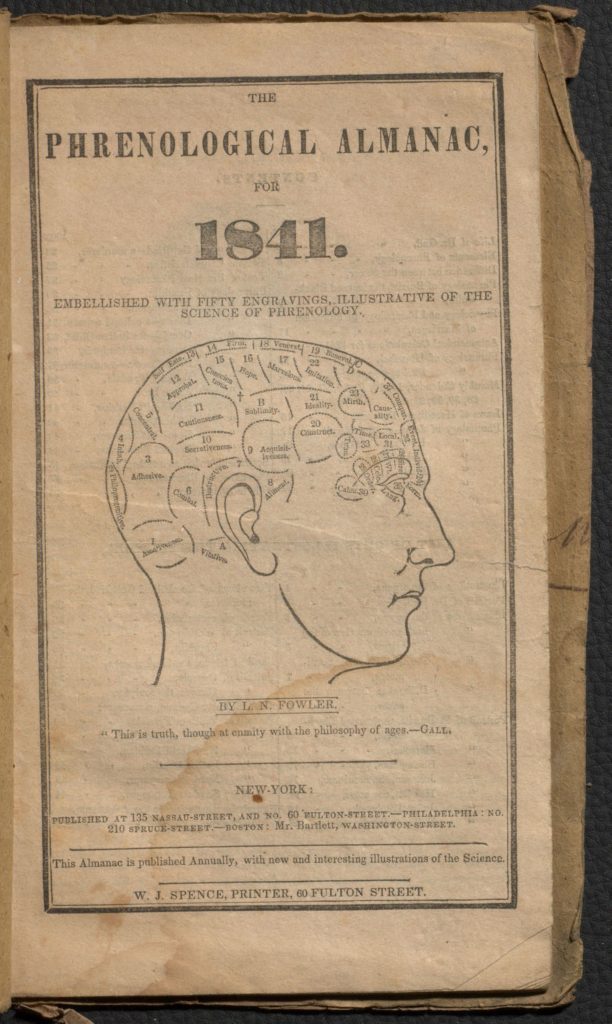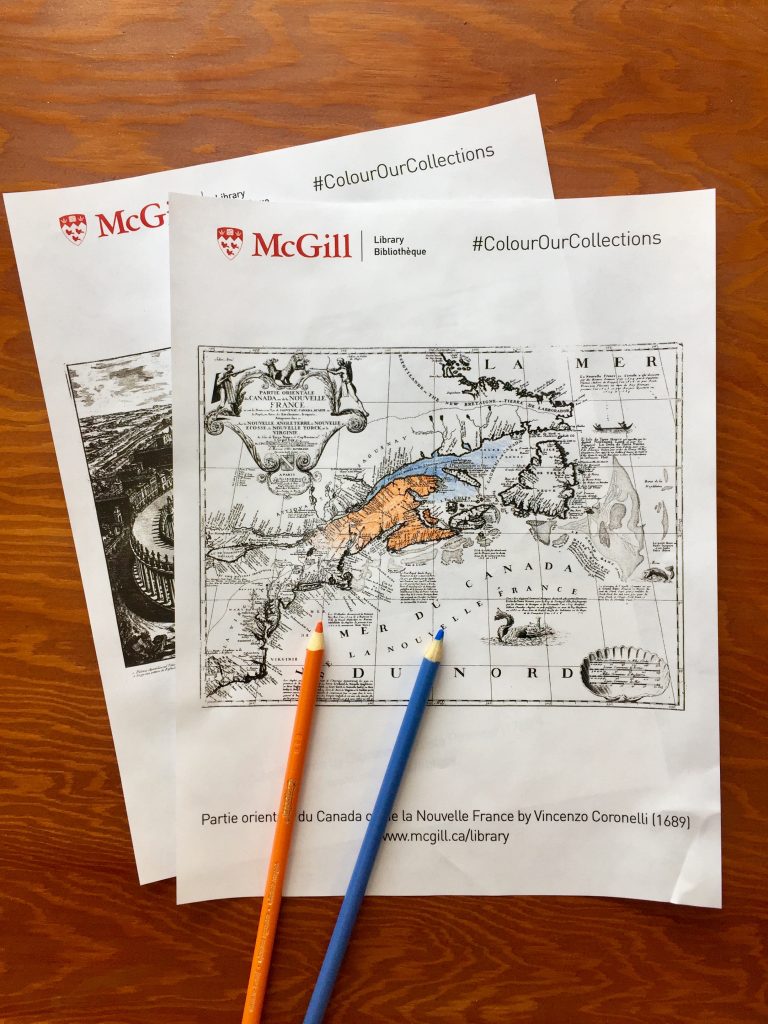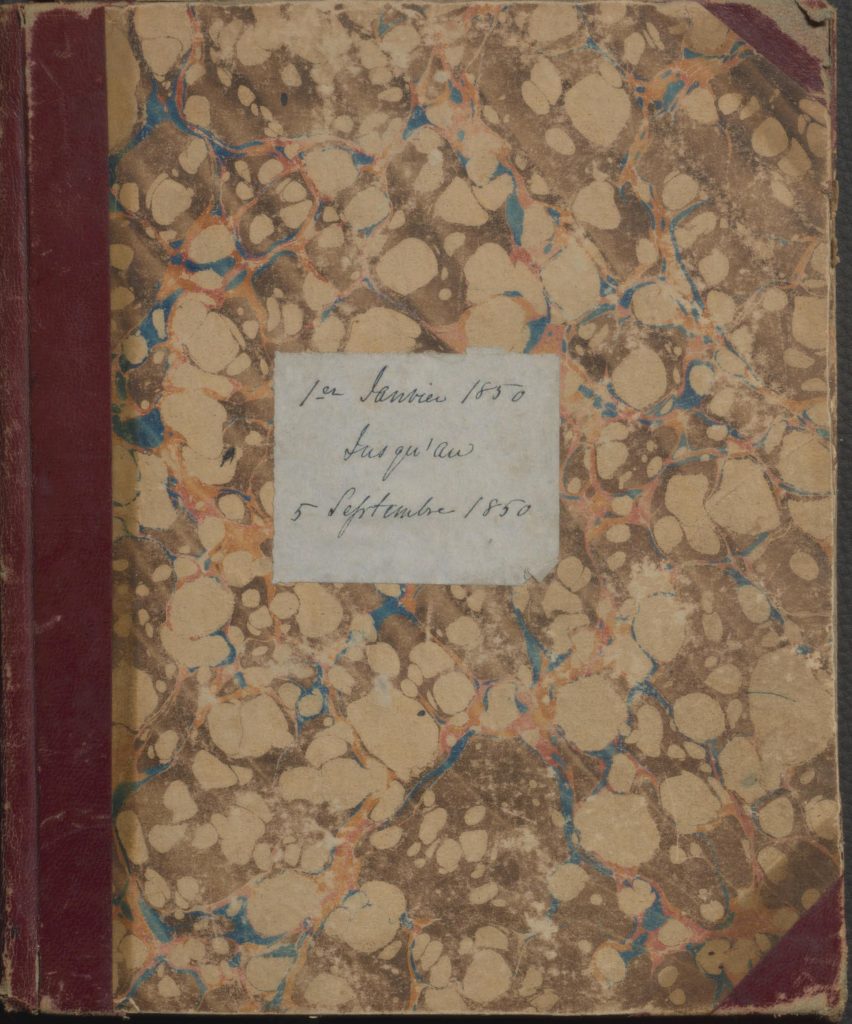Guest post by Annelise Dowd. Annelise is a recent graduate of the McGill University Master of Information Studies program who worked on a practicum project working with the Student Publication Collection.
McGill Student Publications Collection
With 140 years of student produced content, covered in 9,868 issues in eighteen unique papers, the student publications at McGill has a rich history. Student publications include widely disseminated student newspapers written and published by students on both the downtown and Macdonald campuses, covering the events, daily life, and opinions of students. From lofty intellectualism of nineteenth century McGill publications, to the anti-war resistance of 1960s The McGill Daily issues, the student papers at McGill shifted greatly in content and scope. However, what these publications do share is the virtue of revealing not only the lives of McGill students, but also that of a young residents of Montreal, Canada, and the larger world.
All issues are available to search and download through the Internet Archive https://archive.org/details/mcgilluniversitystudentpublications
The early years: 1874-1911
The first student newspaper, the McGill University Gazette, was published by McGill undergraduates in 1874. Indicative of its time, this monthly published nineteenth century paper focused on literary merit and only published controversial material if it was written in a “gentlemanly manner.” Due to a lack of enthusiasm from students and lack of financial organization from publication staff, the newspaper ceased publication in 1890, not to be replaced by the McGill Fortnightly until 1892.
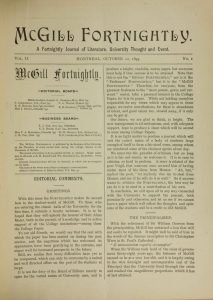
Cover of the McGill Fortnightly Vol. 02 No. 01: October 12, 1893
The McGill Fortnightly, aptly published bi-weekly, aimed to not repeat the oversight of the Gazette through the creation of a business board and a focus on student activities. However, the Fortnightly ran for only four years, as students demanded a weekly newspaper. In the words of the editor-in-chief Lucy E. Potter in the weekly published 1898 first issue of the McGill Outlook, “no one cared to read news a fortnight old.” The McGill Outlook was a departure from the papers that preceded it, in both it’s new creative format, as well as the inclusion of the first woman editor-in-chief, the aforementioned Lucy E. Potter. The last of the pre-Daily publications was the The McGill Martlet, founded after the Outlook ceased publication due to a lack of financial support. First published in 1908 as a “modernized” weekly, the Martlet was hugely popular. In fact, the demand for more frequent issues of the paper was so great, after only three years of publication the Martlet was transformed into what became the longest running newspaper at McGill.
Macdonald campus student publications
By 1910, student publishing was already an institution on the McGill campus. students at the recently opened Macdonald campus felt they needed a student paper that reflected their distinct viewpoint. The Macdonald College Magazine, first published in 1910, aimed to fill this demand for a Macdonald campus student publication. Featuring not only student activities, but also agricultural trends, rural life, and scientific articles, the College Magazine and sought to acknowledge the unique experiences of “rural” McGillians. The magazine ran for over twenty years, until in 1932 the administration chose to produce a weekly newspaper and the Macdonald College Annual to give more space for news of student activities.
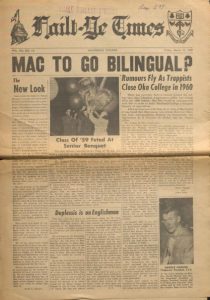
Cover of the Failt-ye times Vol. 21 No. 17
The Failt-Ye Times introduced in 1932 was the first true student newspaper, focusing on current events and student activities at the Macdonald campus. The paper continued its run successfully into the late 1960’s, and during this period successors of The Macdonald College Magazine, The Macdonald College Journal (1940) and the Macdonald Farm Journal (1952) were published to fulfill the need for specific agricultural-related information. In 1968, during a particularly politically turbulent period, the Failt-Ye Times changed both its format and philosophy, resulted in its new incarnation, the activist-leaning The Dram. The Dram was published weekly, and was much more radical than its predecessor. The paper ran for four years, until threats of financial austerity from the Student Council and inexperienced executives, lead to the demise of the paper in 1972. The Harvest replaced The Dram in 1973, published bi-monthly or less frequently, due to reduced funding and support. The Harvest continued sporadically until 1990, when resources were decreased to the extent that the paper could no longer be produced.
The McGill Daily and the shaping of a modern student newspaper
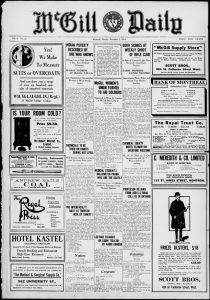
Cover of The McGill Daily Vol. 04 No. 027: November 2, 1914
While other publications were short-lived, the introduction of The McGill Daily in 1911 marked the format that would remain a fixture at McGill for over a century. The McGill Daily began, like other student papers, as a report of student activities and sports events. Published “daily” – usually four times a week, The Daily aimed to mirror The Montreal Gazette and other major newspapers of the time. By the late 1960s, The McGill Daily had become a vehicle for outspoken students, facing opposition from student government and the administration. This initial coverage of hard hitting issues like reproductive rights, the Vietnam War, and racism broke ground for the brave work continued by McGill student journalists through the 1970s until the present.
Not just The Daily: “alternative” press at McGill
Multiple other McGill student publications were also published during the The Daily’s run. The McGill Fortnightly Review was introduced as a literary newspaper in 1925 due to the success of The Daily’s literary supplement. The paper was short-lived, only lasting for two years, but it’s brief publication was memorable due to outspoken and subversive writers on staff.

Cover of The McGilliad: Vol. 1, no. 1
The Fortnightly Review was succeeded by The McGilliad, a paper published monthly by the Arts Undergraduate Society from 1930-31. Like the Fortnightly Review, The McGilliad focused on “uncensored” literary works, permitting student journalists freer expression than what was traditionally afforded. Despite high-profile contributors such as Stephen Leacock, The McGilliad ceased publication due to a lack of planning and coordination. Although there is no question that other alternative small-press student publications have circulated within the twentieth century at McGill, the major alternatives to The Daily did not emerge again until the late 1960’s. During this time there was high contention between student government, the university administration, and The McGill Daily. In 1968 the editor-in-chief of The Daily was forcibly removed by the McGill Student’s Society due to strong political statements regarding the Vietnam War. The year of 1968 included a flurry of new publications, including The McGill Free Press introduced initially as a placeholder paper for The Daily while it was on hiatus. To oppose the viewpoints of The Daily and The Free Press, the McGill Students Society published a short run of it’s own paper from 1966-68, Public Address. The paper functioned to clarify misconceptions about the views of student government and contributed to the fiery banter between the multiple publications in print at McGill during this period.
The current landscape and legacy of McGill student publications
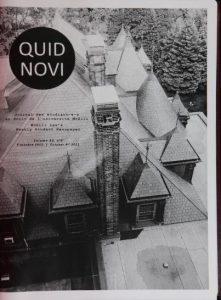
Cover of Quid Novi Vol. 33 No. 004: October 4, 2011
The collection of student publications also hold more current papers in addition to the historical publications. Quid Novi, is the weekly published law students paper was first published in 1981 and still continues to be published today. The paper focuses on both the activities of the student law society and provides space for “investigative journalism” into the problems within the law faculty and administration. The McGill Daily produced a weekly french edition of the paper, but in 1998 is was renamed Le Délit Français, giving a distinct identity to the francophone student publication. Le Délit aimed to not merely be a french translation of The Daily, but instead to give voice to the distinct perspective of McGill francophone students.
Student media continues to thrive at McGill, with great debt to its past. The collection of McGill student publications serves not only as a testament to the history of McGill, but also as a fascinating look at the origins of now prominent alumni. In the pages of these student newspapers, the likes of Leonard Cohen, Stephen Leacock, Otto Klineberg, Eugene Forsey, F.R. Scott, Daryl Hine, Suroosh Alvi, Adam Gopnik, and Suniti Namjoshi can be found.



